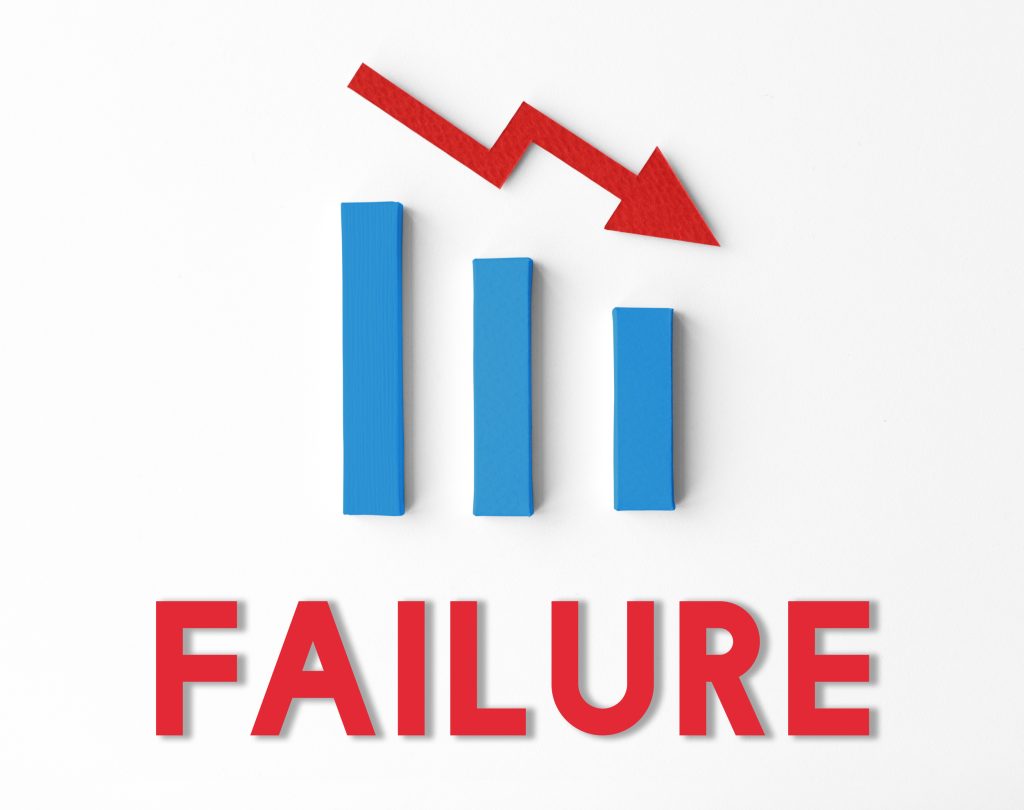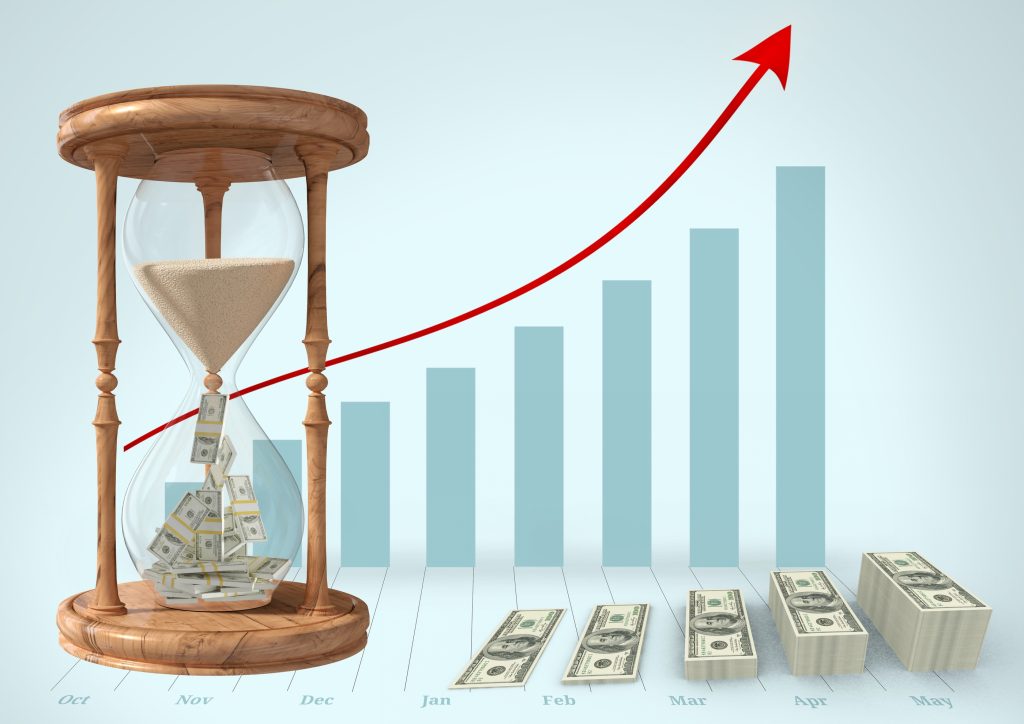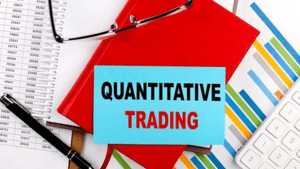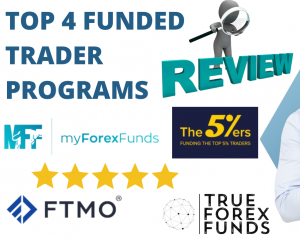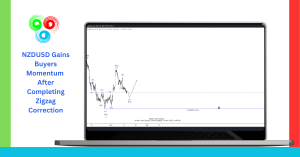Index Funds and ETFs: The greatest contrast between ETFs and index funds is that ETFs can be traded over the day, like stocks, while index funds must be traded at a proper cost toward the end of the trading day.
I. Introduction
A. Explanation of Index Funds
B. Explanation of ETFs
C. Purpose of the Article
In the latest financial landscape, traders have a plethora of alternatives to pick from with regards to constructing their portfolios. Two popular choices amongst seasoned traders and learners are index finances and change-traded finances (ETFs). These investment cars offer precise blessings and disadvantages that each investor needs to understand before making funding selections. In this newsletter, we delve into the intricacies of index funds and ETFs, imparting a complete guide for newbies and skilled investors alike.
II. Understanding Index Funds
A. Definition and Basics
1. What are index funds?
2. How do index funds work?
Index finances are a form of mutual fund or trade-traded fund (ETF) that aims to copy the overall performance of a specific market, along with the S&P 500 or the FTSE 100. They reap this by investing in the same securities that incorporate the index they’re tracking, within identical proportions. Essentially, index funds provide buyers with a way to benefit publicity from a variety of portfolios of stocks or bonds without the need for lively management.
B. Advantages of Index Funds
1. Diversification
One of the top advantages of index funds is their inherent diversification. By investing in a large market index, investors gain exposure to a wide variety of securities across numerous sectors and industries. This diversification facilitates the spread of threats and decreases the effect of any single stock’s bad overall performance on the general portfolio.
2. Low Expense Ratios
Another key benefit of index funds is their low rate ratios. Since they passively tune a particular index, they require minimal control from fund managers. As a result, index funds normally have lower running charges compared to actively managed funds. This value efficiency translates into better returns for traders over the long term.
3. Passive Management
Index funds follow a passive investment strategy, meaning they aim to replicate the performance of their underlying index rather than trying to outperform the market. This passive approach eliminates the need for frequent trading and market timing, reducing portfolio turnover and transaction costs. It also removes the emotional bias often associated with active investing, helping investors stay disciplined and focused on their long-term investment goals.
C. Disadvantages of Index Funds
1. Limited Flexibility
While index funds offer huge market publicity, they also come with constrained flexibility. Since their goal is to replicate the performance of a specific index, they’re concerned with its composition and weighting. This loss-of-flexibility approach means that index funds won’t be appropriate for investors with particular funding choices or objectives.
2. Tracking Error
Despite their quality efforts, index funds might not flawlessly tune the performance of their underlying index due to factors including trading fees, cash drag, and sampling strategies. This discrepancy between the fund’s performance and the index it tracks is referred to as a monitoring error and may affect the returns earned by traders.
3. Potential Underperformance
While index funds offer the potential for regular, marketplace-matching returns over the long term, they will underperform actively managed funds in certain market conditions or in specific sectors. Since they no longer actively pick out securities, index funds may additionally miss out on opportunities to capitalize on market inefficiencies or undervalued property.
In conclusion, index funds offer investors a fee-effective and green way to gain exposure to wide marketplace indexes while minimizing threats and maximizing returns. However, it’s vital to weigh the blessings and disadvantages carefully and recollect your investment targets and hazard tolerance before incorporating index funds into your portfolio.
III. Exploring ETFs
A. Definition and Basics
1. What are ETFs?
2. How do ETFs work?
Exchange-Traded Funds (ETFs) are investment funds that are traded on stock exchanges, much like individual stocks. They usually maintain belongings such as stocks, bonds, or commodities and provide buyers exposure to a variety of portfolios with the convenience of trading during the buying and selling day.
B. Advantages of ETFs
1. Liquidity
ETFs are regarded for their excessive liquidity, allowing investors to trade for and promote stocks at winning marketplace charges at some point of the buying and selling day. This liquidity presents flexibility and simplicity in trading, making ETFs attractive to individuals and institutional investors.
2. Intraday Trading
Unlike traditional mutual funds, which can be traded at the end of the trading day at their net asset fee (NAV), ETFs can be bought and sold at any time during marketplace hours. This intraday buying and selling capability lets investors react quickly to marketplace tendencies and capitalize on quick-term trading possibilities.
3. Flexibility
ETFs offer investors flexibility in terms of investment strategies and asset classes. They cover a wide range of market segments, including equities, fixed income, commodities, and currencies, allowing investors to tailor their portfolios to meet their specific investment objectives and risk tolerance.
C. Disadvantages of ETFs
1. Trading Costs
While ETFs offer intraday trading capabilities, frequent buying and selling of ETF shares can result in higher trading costs, including brokerage fees and bid-ask spreads. These costs can erode returns over time, especially for investors with a high trading frequency.
2. Premiums and Discounts
ETFs can trade at a premium or discount to their net asset value (NAV), depending on supply and demand dynamics in the market. This deviation from NAV can result in potential losses for investors, particularly during periods of market volatility or illiquidity.
3. Complexity
Some ETFs, particularly those that employ complex investment strategies or derivatives, can be challenging for investors to understand. The complexity of these products may increase the risk of misinterpretation or misunderstanding, leading to unintended consequences for investors.
IV. Index Funds and ETFs: What’s the Difference?
For long-haul financial backers, this question is less important. Trade around early afternoon or 4 p.m. Little affecting the worth of your investment for more than 20 years is normal. However, if you are keen on day trading, ETFs can better suit your requirements. They can be traded like stocks, yet financial backers can profit from expansion.
ETFs have lower business essentials than most index funds and can be more duty-productive. Regardless of their disparities, index funds and ETFs share many things practically speaking, including expansion, low investment costs, major areas of strength, and term returns.
V. There are different contrasts among ETFs and index funds:
As well as trading techniques, there are different contrasts between index funds and ETFs.
1. Least business required:
ETFs commonly have lower business sums than index funds. All you want to put resources into an ETF is the sum expected to buy one offer, and a few specialists likewise offer partial offers.
However, index funds regularly set the lowest costs that are essentially higher than the ordinary stock cost. If you have a modest quantity to contribute, consider ETFs with reasonable stocks or index funds with no base business.
2. Capital additions charge paid:
Because of their design, ETFs are intrinsically more expense-effective than index funds. When you sell an ETF, you regularly offer it to another financial backer who bought the ETF and get cash straight from that financial backer. The capital increase charges on that deal are yours, and you just pay.
To get cash from an index fund, you need to recover cash from the fund supervisor, who then needs to offer the protections to produce the money to pay you. If this deal is for a benefit, the net increases will go through to all financial backers with shares in the fund, so you can pay capital addition charges without selling any offers.
This happens less often as possible with index funds than with effectively oversaw common funds (which are traded more consistently), yet according to an expense point of view, ETFs enjoy an upper hand over index funds.
3. Cost of possession:
The two ETFs and index funds are extremely modest to claim from a cost-proportion point of view. You can undoubtedly find a fund that costs under 0.05% of your yearly investment.
One more expense to consider is trade charges. If your representative charges a commission on trades, you’ll pay a level expense each time you trade an ETF, which can influence your benefits if you trade routinely. However, some index funds can charge trading expenses while trading, so think about the expenses before picking one.
When you purchase an ETF, you likewise incur an expense called the bid-ask spread, which you fail to understand when you purchase an index fund. However, if you purchase many wide-market ETFs, this cost is normally tiny.
All things considered, index funds and ETFs are minimal expense choices compared with additional effectively overseen common funds. To choose explicitly among ETFs and index funds, look at each fund’s cost proportions. This is because cost proportions are progressing costs that you pay however long you hold a business. It’s additionally smart to check the expenses you incur while trading. In any case, except if you trade regularly, these expenses are generally not excessively important.
VI. Normal focus between index funds and ETFs:
The two ETFs and index funds join many singular investments, like stocks and bonds, into a solitary business and are famous decisions among financial backers for a few normal reasons.
1. Diversification:
Both index funds and ETFs can assist you with building a very enhanced portfolio. For instance, an ETF considering the S&P 500 permits you to put resources into many of the country’s biggest organizations. Look at a portion of the S&P 500 ETFs here.
2. Minimal expense:
Index funds and ETFs are inactive. This implies that the fund’s business depends on a list like the S&P 500. This is contrasted with effectively overseeing funds (in the same way as other common funds), where a human specialist effectively chooses the business, which inflates costs for financial backers. Even though there are a few effectively overseen ETFs, this examination will focus on the most widely recognized sorts of uninvolved service.
3. Solid long-haul benefits:
For long-haul financial backers, latently oversaw index funds will often beat effectively oversaw shared funds. Latently oversaw businesses follow the promising and less promising times of the indexes they track, and these indexes have generally shown positive returns. For instance, the yearly absolute return of the S&P 500 has found a middle value of around 10% throughout recent years.
Effectively overseeing shared funds can perform better in the present moment because the fund director goes with business choices given current economic situations and his insight. However, returns can be lower over the long haul compared with inactively oversaw funds, as fund administrators are less inclined to reliably outflank the market over the long run and have higher cost proportions.
VII. Conclusion
A. Recap of Differences
Index funds and ETFs offer investors unique advantages and disadvantages, depending on their investment preferences and financial goals. While index funds provide simplicity and low cost, ETFs offer intraday trading capabilities and greater flexibility.
B. Final Thoughts on Choosing the Right Investment Option
When choosing between index funds and ETFs, investors should consider factors such as investment objectives, risk tolerance, and time horizon. Both options can play a valuable role in a diversified investment portfolio, and the choice ultimately depends on individual preferences and circumstances.
C. Encouragement for Further Learning and Exploration
Investing in index funds and ETFs is just the beginning of your journey towards financial independence and wealth accumulation. Continued learning and exploration of investment strategies, market trends, and personal finance principles will empower you to make informed decisions and achieve your long-term financial goals.
Both indices, shared funds, and ETFs can provide financial backers with wide, differentiated openness to the securities trade, making them appropriate long-haul investments for most financial backers. Since ETFs trade like stocks on trades, they can be more open and simpler to trade for personal financial backing. Additionally, they will often have lower rates and more noteworthy duty proficiency.
VIII. Frequently Asked Questions (FAQs)
A. What is the main difference between index funds and ETFs?
The primary difference between index funds and ETFs lies in their structure and trading mechanism. Index funds are mutual funds that are priced once a day at their net asset value (NAV), while ETFs are traded on stock exchanges throughout the trading day like individual stocks.
B. Which one is better for a beginner investor?
For beginner investors, index funds may be a more straightforward and cost-effective option due to their simplicity and low expense ratios. They offer diversified exposure to the market with minimal maintenance required.
C. Can I buy both index funds and ETFs in my retirement account?
Yes, investors can typically buy both index funds and ETFs in retirement accounts such as IRAs and 401(k)s, depending on the specific investment options offered by their retirement plan provider. These accounts provide tax advantages for long-term retirement savings.
D. Are index funds safer than ETFs?
Both index funds and ETFs carry inherent risks associated with market fluctuations and investment performance. The safety of these investment vehicles depends on factors such as diversification, investment strategy, and risk management. Neither option is inherently safer than the other, but both can play a valuable role in a well-diversified investment portfolio.
E. How often should I rebalance my index fund or ETF portfolio?
The frequency of portfolio rebalancing depends on individual investment objectives and market conditions. Some investors may rebalance annually, while others may rebalance more frequently to maintain their desired asset allocation. It’s essential to monitor your portfolio regularly and make adjustments as needed to stay aligned with your long-term investment goals.
F. Can index funds or ETFs go bankrupt?
While individual index funds, or ETFs, can experience financial distress, they are typically structured as separate legal entities from their sponsoring firms, providing a degree of protection for investors. However, it’s essential to monitor the financial health and performance of any investment vehicle regularly and diversify your investments to mitigate the risk of loss.
G. Are there any tax implications for investing in index funds or ETFs?
Both index funds and ETFs may generate taxable events for investors, such as capital gains distributions or dividends. However, ETFs are generally more tax-efficient than traditional mutual funds due to their unique structure and in-kind creation/redemption process. Investors should consult with a tax professional to understand the specific tax implications of their investment decisions.
H. Can I invest in index funds or ETFs through a robo-advisor?
Yes, many robo-advisors offer portfolios that include index funds and ETFs as part of their investment strategies. Robo-advisors use algorithms and technology to provide automated portfolio management services based on investors’ financial goals and risk tolerance. This can be a convenient and cost-effective way to access diversified investment options without the need for active management.
I. What are some popular index funds and ETFs available in the market?
Some popular index funds and ETFs include:
- Vanguard Total Stock Market Index Fund (VTSAX)
- SPDR S&P 500 ETF (SPY)
- iShares Core S&P 500 ETF (IVV)
- Vanguard Total Bond Market Index Fund (VBTLX)
- Vanguard FTSE Developed Markets ETF (VEA)
- Invesco QQQ Trust (QQQ)
These funds offer exposure to a diverse range of asset classes and market segments, allowing investors to build well-rounded portfolios tailored to their investment objectives.
J. How do I know if an index fund or ETF is tracking its benchmark effectively?
Investors can evaluate an index fund’s or ETF’s tracking performance by comparing its returns to the returns of its benchmark index over time. Tracking error, which measures the deviation of the fund’s returns from the index, can provide insights into how closely the fund is tracking its benchmark. Additionally, investors can review the fund’s prospectus, performance history, and expense ratios to assess its tracking effectiveness.


